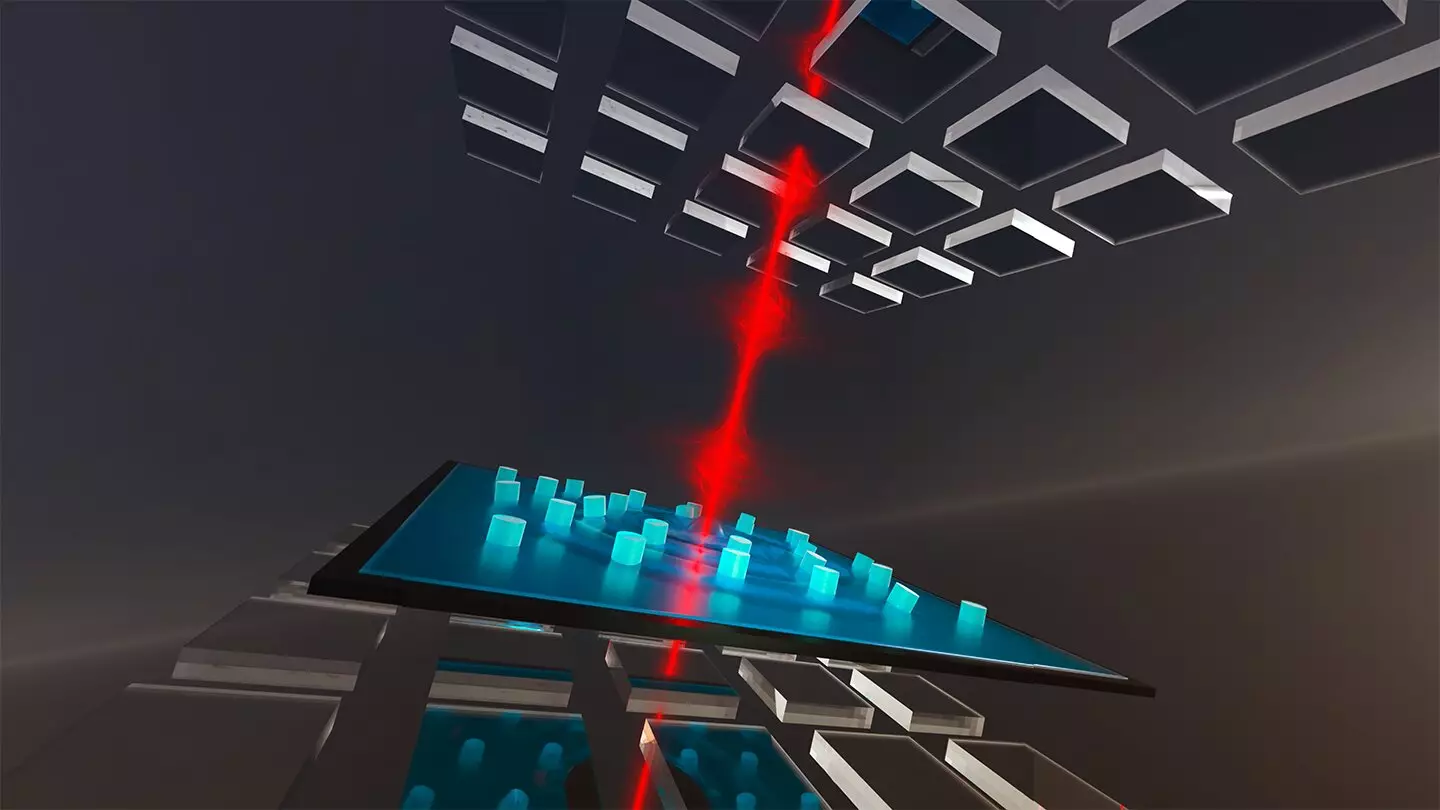The field of quantum mechanics has long been captivated by the idea of observing and controlling quantum phenomena at room temperature. However, achieving this feat on a large scale has proven to be a persistent challenge. Traditionally, quantum observations have been limited to environments near absolute zero, where quantum effects are more readily detected. The need for extreme cold has been a significant barrier, stifling the practical applications of quantum technologies. However, a groundbreaking study led by Tobias J. Kippenberg and Nils Johan Engelsen at EPFL has shattered these limitations. By combining the principles of quantum physics with mechanical engineering, the researchers have successfully achieved control of quantum phenomena at room temperature. This remarkable achievement represents a major milestone in the field and opens up new opportunities for the application of quantum technologies.
The Pioneering Experimental Setup
The study, recently published in Nature, showcases an innovative experimental setup devised by the research team. Central to their approach is an ultra-low noise optomechanical system, which allows for the intricate study and manipulation of the interaction between light and moving objects with exquisite precision. The primary obstacle encountered at room temperature is thermal noise, which disrupts delicate quantum dynamics. To tackle this challenge, the scientists incorporated cavity mirrors into the setup. These specialized mirrors bounce light back and forth within a confined space, effectively “trapping” it and intensifying its interaction with the mechanical components of the system. The mirrors are intricately patterned with crystal-like periodic structures known as “phononic crystals” to minimize thermal noise. Another critical component of the setup is a mechanical oscillator resembling a drum, with a diameter of 4mm. The design and size of the oscillator play a vital role in isolating it from environmental noise, enabling the detection of subtle quantum phenomena at room temperature. The development of this oscillator represents years of dedicated effort to create mechanical oscillators that maintain isolation from the surrounding environment.
The experimental setup devised by the research team not only allows for observation but also offers control of quantum phenomena at room temperature. One notable achievement is the demonstration of “optical squeezing,” a quantum phenomenon where certain properties of light, such as intensity or phase, can be manipulated to reduce fluctuations in one variable at the expense of increasing fluctuations in another, in accordance with Heisenberg’s principle. The successful demonstration of optical squeezing at room temperature in this macroscopic system highlights the researchers’ ability to effectively control and observe quantum phenomena without the need for extremely low temperatures. This groundbreaking accomplishment paves the way for expanded access to quantum optomechanical systems, which serve as established testbeds for quantum measurement and the exploration of quantum mechanics on a macroscopic scale.
The breakthrough in achieving room temperature quantum optomechanics has far-reaching implications for the field of quantum technologies. This milestone allows for the expansion of quantum systems operating at room temperature, opening doors to new opportunities and avenues for research. The research team envisions the development of hybrid quantum systems where the mechanical drum interacts strongly with various objects, such as trapped clouds of atoms. Such hybrid systems hold tremendous potential for advancing our understanding of quantum phenomena, as well as enabling novel applications in areas such as precision sensing and measurement. The techniques employed in this study to mitigate complex noise sources have broader implications and impact within the precision sensing and measurement community. By pushing the boundaries of what was thought to be only a theoretical toy model, this study represents a major leap towards harnessing quantum mechanics at room temperature and heralds a new era of quantum technologies.


Leave a Reply